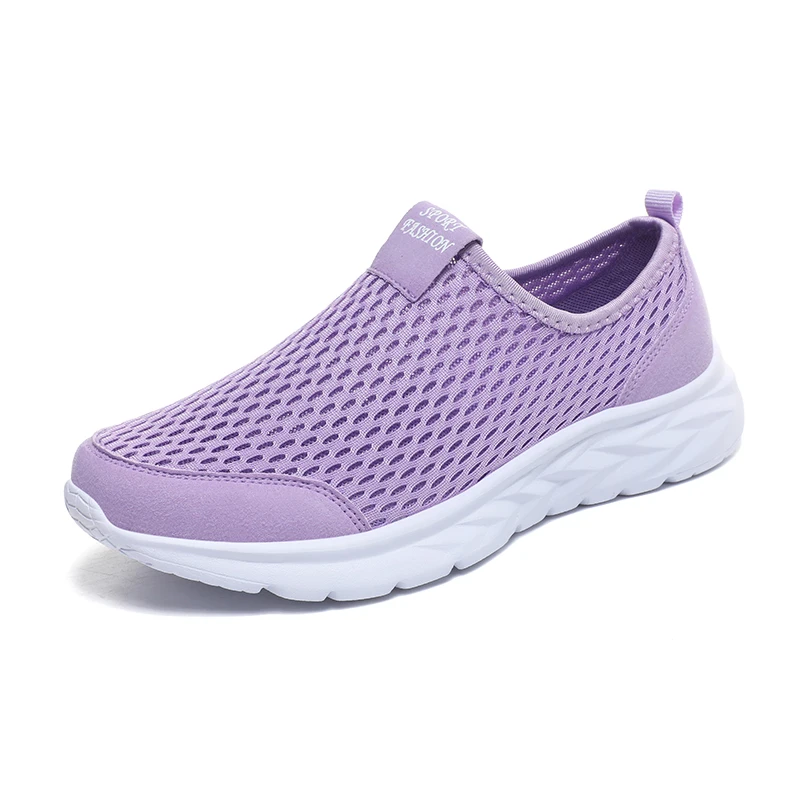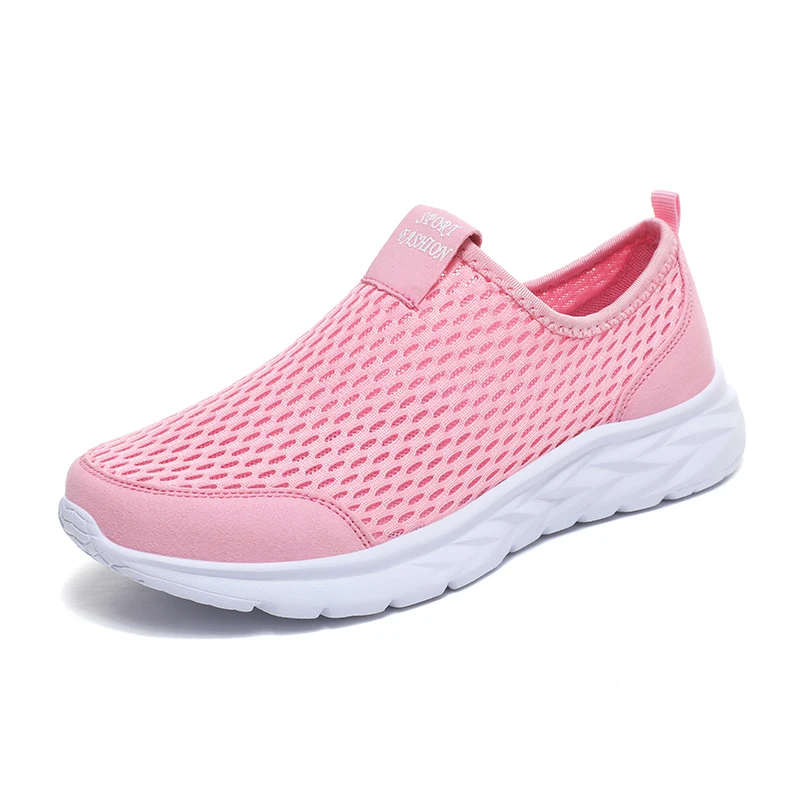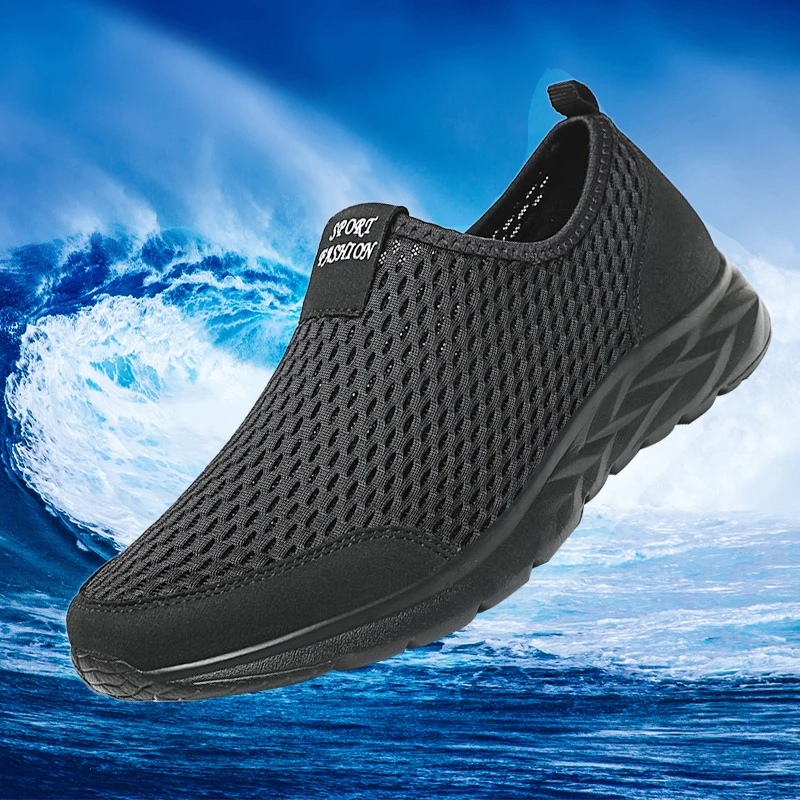Introduction
Flat workout shoes are a critical component of an effective exercise regimen. These shoes are designed to offer stability, support, and comfort for a variety of workouts. Whether you’re lifting weights, practicing yoga, or engaging in high-intensity interval training (HIIT), flat workout shoes can enhance your performance and help prevent injuries. This guide will delve into the importance of flat workout shoes, explore their benefits, and provide tips for choosing the right pair to meet your fitness needs.

Why Flat Workout Shoes Matter
Understanding the Basics of Flat Workout Shoes
Flat workout shoes are designed with a minimal heel-to-toe drop. This design feature means the sole of the shoe is relatively level from the heel to the toe. Unlike traditional running shoes, which often have a significant heel-to-toe drop, flat workout shoes provide a stable base. This stability is crucial for various types of exercises, including strength training, plyometrics, and functional fitness.
One of the primary reasons for choosing flat workout shoes is their ability to offer a more grounded feel. When engaging in exercises like squats or deadlifts, having a flat and stable surface underfoot allows for better balance and control. This stability helps in maintaining proper form and technique, which is essential for maximizing performance and minimizing the risk of injury.
Another key aspect of flat workout shoes is their design, which typically includes a firm, non-cushioned sole. This design is intentional, as it helps to improve your connection with the ground. By reducing the amount of cushioning, flat workout shoes allow for a more natural movement pattern and better proprioception, or the sense of your body’s position in space. This can lead to more effective and efficient workouts.
Benefits of Flat Workout Shoes
Flat workout shoes offer several advantages over their cushioned counterparts. Firstly, the stable base they provide enhances balance and stability during exercises. This is particularly beneficial during weightlifting, where a stable footing is essential for maintaining proper form and lifting heavier weights safely.
Additionally, flat workout shoes promote proper alignment and posture. The minimal heel-to-toe drop encourages a more neutral position of the foot, which can help prevent common issues such as overpronation or supination. This alignment can contribute to better overall biomechanics and reduce the risk of injury.
Another benefit of flat workout shoes is their durability. Because they are designed with a focus on stability rather than cushioning, these shoes often use more robust materials in their construction. This means they can withstand the wear and tear of intense workouts and offer long-lasting performance.
Moreover, flat workout shoes are often more versatile than traditional athletic shoes. Their design allows them to be used effectively for a wide range of exercises, from lifting and jumping to running and agility drills. This versatility makes them a practical choice for individuals who engage in diverse fitness activities.
Choosing the Right Flat Workout Shoes
Factors to Consider
When selecting flat workout shoes, several factors should be taken into account to ensure you choose the right pair for your needs. The first consideration is the type of exercise you primarily engage in. Different exercises require different features in a shoe. For example, if you focus on weightlifting, you may prioritize a shoe with a solid, non-flexible sole and good arch support. Conversely, if you participate in high-intensity interval training (HIIT), you might need a shoe that offers a combination of stability and flexibility.
Another important factor is the fit of the shoe. Flat workout shoes should fit snugly but not be too tight. They should provide enough room in the toe box to allow for natural movement while ensuring that the heel is secure. A proper fit is essential for preventing blisters and other foot issues during exercise.
Material quality is also crucial. Look for shoes made from durable materials that can withstand the rigors of your workouts. Leather and synthetic materials are common choices, each offering different benefits. Leather is durable and provides a snug fit, while synthetic materials can offer better breathability and lighter weight.

Popular Brands and Models
Several brands are renowned for their high-quality shoes. Each brand offers different models designed to meet various needs and preferences. For instance, Reebok is known for its CrossFit-specific shoes, which offer excellent stability and support for weightlifting and functional fitness. Nike also offers a range of shoes, including the Nike Metcon series, which is popular for its versatility and durability.
Another notable brand is Adidas, which provides shoes like the Adidas Powerlift series, designed specifically for weightlifting. These shoes are known for their solid construction and comfortable fit. Additionally, Inov-8 offers a range of flat workout shoes that are praised for their grip and flexibility, making them suitable for a variety of workouts.
When choosing a brand, consider your specific workout needs and preferences. Research different models, read reviews, and, if possible, try on the shoes to find the best fit and performance for your activities.
Maintaining Your Flat Workout Shoes
Proper Care and Cleaning
To ensure the longevity and performance of your shoes, proper care and cleaning are essential. Regular maintenance can help keep your shoes in good condition and extend their lifespan.
Start by cleaning your shoes after each use, especially if they have been exposed to dirt, sweat, or moisture. For most shoes, a simple wipe-down with a damp cloth is sufficient to remove surface dirt. For more thorough cleaning, remove the insoles and wash them separately. Use mild soap and water to clean both the insoles and the shoe’s exterior. Avoid using harsh chemicals or soaking the shoes, as this can damage the materials.
After cleaning, allow your shoes to air dry completely before wearing them again. Avoid drying them in direct sunlight or using heat sources, as this can cause the materials to warp or crack. Instead, let them dry naturally in a well-ventilated area.
Repairing and Replacing
Even with proper care, your shoes may eventually need repairs or replacement. Common issues include worn-out soles, damaged uppers, or reduced cushioning. For minor repairs, such as fixing loose seams or small tears, consider using a shoe repair kit or consulting a professional cobbler. For more significant issues, such as a completely worn-out sole or major structural damage, it may be time to replace your shoes.
Keep an eye on the signs that indicate it’s time for a replacement. If you notice decreased support, discomfort, or visible wear and tear, it’s time to invest in a new pair. Regularly assess the condition of your shoes and replace them as needed to ensure you maintain optimal performance and comfort during your workouts.
Choosing the Right Pair
Assessing Your Needs
Before you buy a pair of flat workout shoes, consider the types of activities you plan to engage in. Are you focused primarily on weightlifting, or do you enjoy a mix of cardio and strength training? Identifying your primary activities will help you choose the most suitable shoe type.
If weightlifting is your main focus, then opt for weightlifting shoes with excellent ankle support and a solid sole. On the other hand, if you prefer varied workouts, a versatile cross-training shoe may be the best fit. For those who enjoy running, consider those minimalist options that might enhance your running form over time.
Trying Them On
When purchasing flat workout shoes, always try them on. Make sure they fit snugly without being overly tight. Your toes should have enough room to move, and the heel should feel secure. Walk around in them and try making some quick movements to see how the shoe responds.
Pay attention to any areas that feel uncomfortable. If there’s any pinching or rubbing, that shoe may not be the right choice for you. Comfort is crucial, especially during extended workouts, so take your time in the selection process.
Checking the Construction
The construction of flat workout shoes matters significantly. Look for well-stiched seams and high-quality materials. Shoes made from breathable fabrics prevent moisture buildup, keeping your feet comfortable during intense workouts. Additionally, durable rubber outsoles offer better traction, so ensure they feature a quality level that meets your activities.
Consider the shoe’s weight, too. Heavier shoes can cause fatigue during longer sessions, while lighter ones typically allow for quicker movements. Experiment to find a balance that feels right for your fitness needs.
Maintenance and Care
Just like any equipment, flat workout shoes require proper care for longevity. After your workouts, take the time to wipe down the shoes to remove dirt and sweat. Allow them to air out by removing insoles, and store them in a well-ventilated area. Cleaning them regularly can prevent odors and bacteria growth.
If you notice that the soles are wearing unevenly or losing traction, it’s time to consider replacing them. Deteriorated shoes can lead to injuries, so stay proactive. Investing in the right pair of flat workout shoes will not only enhance your performance but also provide comfort and support for years to come.

Conclusion
Flat workout shoes are a valuable investment for anyone serious about their fitness regimen. Their unique design offers stability, support, and comfort for a variety of exercises, making them a versatile choice for many workouts. By understanding the benefits of shoes, considering the key factors in choosing the right pair, and maintaining your shoes properly, you can enhance your performance and enjoy a more effective and comfortable workout experience. Whether you’re lifting weights, practicing yoga, or engaging in high-intensity training, the right shoes can make a significant difference in your overall fitness journey.
